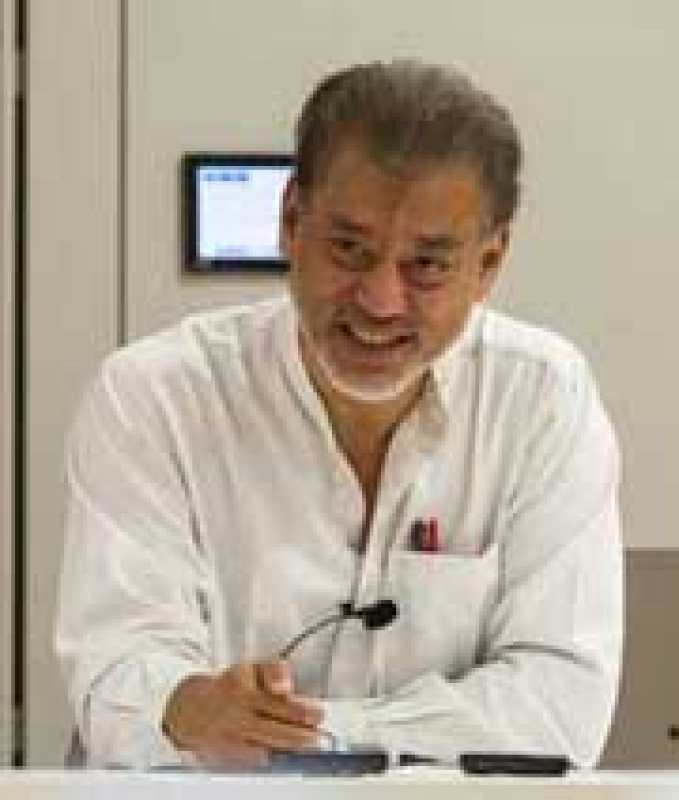- Bangladesh 2024, Nepal 2025: Youth Movements Force Leaders Out |
- Nepal PM resigns as 19 killed in social media ban, graft protests |
- Western Support for Israel Faces Growing Strains |
- Nepal lifts social media ban after 19 killed in protests |
- DU VC vows maximum transparency in Tuesday's DUCSU elections |
Global North Fuels Climate Crisis, Tropics Face Severe Risk

By Jomo Kwame Sundaram
Greenhouse gas (GHG) emissions have risen over the last two centuries, with current and accumulated emissions per capita from rich nations greatly exceeding those of the Global South.
Over the last six millennia, the tropics have seen higher carrying capacities, soil fertility, population densities, and urbanisation than temperate zones. Most of the world’s population now lives in tropical and subtropical developing nations, increasingly threatened by planetary heating.
Different environments, geographies, ecologies, and resources affect vulnerability to climate change. Its effects vary considerably, especially between tropical and temperate regions.
Extreme weather events—cyclones, hurricanes, and typhoons—are generally much more severe in the tropics, which are also more vulnerable to planetary heating. Although they have emitted relatively less GHG per capita, tropical developing countries must now adapt much more to climate impacts.
Many rural livelihoods have become increasingly unviable, forcing “climate refugees” to move away. Increasing numbers in the countryside have little choice but to leave. Economic and technological changes in recent decades have limited job creation in many developing countries, causing employment to lag behind labour force growth.
Unequal development has worsened climate injustice. Adaptation efforts are far more urgent in the tropics as planetary heating has damaged these regions more severely.
While science may offer solutions, innovation has become increasingly commercialised for profit. Previously, developing countries could negotiate technology transfer agreements, but this option is becoming less available.
Strengthened intellectual property rights (IPRs) limit technology transfer, innovation, and development. The World Trade Organization (WTO) greatly increased the scope of IPRs in 1995 with its Trade-Related Intellectual Property Rights (TRIPS) provisions.
Access to technology now increasingly depends on the ability to pay and obtaining government permission, slowing climate action in the Global South. Financial constraints doubly handicap the worst off.
Despite rapidly mounting deaths from the unprecedented COVID-19 pandemic, European governments refused to honour the West’s public health exception (PHE) concession in 2001 to restart WTO ministerial talks after the 1999 Seattle debacle.
Instead of implementing the TRIPS PHE as the pandemic spread, Europeans delayed negotiations until a poor compromise was reached years later, after millions had died worldwide. With the second Trump administration withdrawing again from the World Health Organization (WHO) and cutting research funding, tropical threats continue to dominate the WHO list of neglected diseases.
Citing the 2008 global financial crisis (GFC), rich nations claimed they could only contribute USD 100 billion annually to climate finance for developing countries, in line with the sustainable development principle of “common but differentiated responsibility.”
This promise was made before the 2009 Copenhagen Conference of the Parties (COP) to secure a significant new climate agreement after the US Senate rejected the Kyoto Protocol. Rich nations pledged to increase concessional climate finance contributions from 2020 after recovery from the GFC-related recession. However, official development assistance has declined while military spending pledges have risen sharply.
The rich OECD nations now claim the USD 100 billion climate finance promise has been met through “creative accounting,” including Italian government funding support for a commercial gelateria chain abroad.
In recent climate finance talks, Western governments increasingly insist that only mitigation funding should qualify as climate finance, claiming adaptation efforts do not slow planetary heating. Reparations funds for “losses and damages” remain embarrassingly low, and in recent years, much of the West has abandoned specific promises to slow planetary heating.
Despite being among the greatest GHG emitters per capita, the USA has made the least progress. Two Trump administrations’ reversals of earlier US commitments further reduced negligible progress.
In late 2021, the Glasgow climate COP pledged to end coal burning for energy. Less than half a year later, the West abandoned this promise to block energy imports from Russia after its invasion of Ukraine.
Responding to developing countries’ demands for more concessional financing to achieve the Sustainable Development Goals (SDGs) and address the climate crisis, World Bank president Jim Kim promoted the “from billions to trillions” financing slogan.
The catchphrase urged developing countries to take more commercial loans as access to concessional finance declined and borrowing terms tightened.
With lower interest rates in the West after the 2008 GFC, many developing nations increased borrowing until interest rates sharply rose from early 2022. Funds leaving developing countries in great haste precipitated widespread debt distress, especially in poorer nations. Thus, market-based financial solutions compounded rather than mitigated the climate crisis.
Meanwhile, growing geopolitical hostilities, leading to what some consider a new Cold War, are accelerating planetary heating and further threatening tropical ecologies, rural livelihoods, and human well-being.

